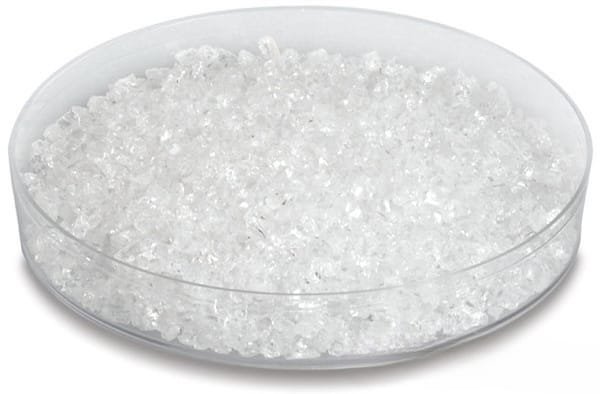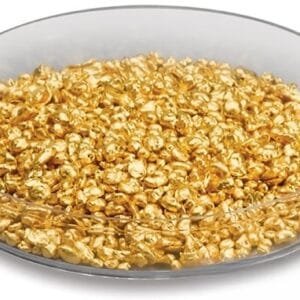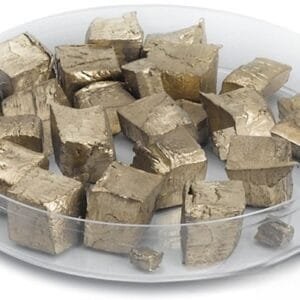Zirconium Tetrafluoride Evaporation Materials Overview
Zirconium Tetrafluoride (ZrF4) evaporation materials are crucial in advanced deposition processes, contributing to the production of high-quality films. At TFM, we provide zirconium tetrafluoride with exceptional purity levels of up to 99.9995%. Our stringent quality control processes ensure that each product meets the highest standards of reliability and performance.
Zirconium Tetrafluoride Evaporation Materials Specification
| Material Type | Zirconium Tetrafluoride |
| Symbol | ZrF4 |
| Appearance/Color | White crystalline solid |
| Melting Point | 910 °C (1,670 °F; 1,180 K) |
| Density | 4.43 g/cm3 (20 °C) |
| Purity | 99.9% |
| Shape | Powder/ Granule/ Custom-made |
Applications
Zirconium tetrafluoride is utilized in various deposition techniques, including:
- Semiconductor Deposition
- Chemical Vapor Deposition (CVD)
- Physical Vapor Deposition (PVD)
It is particularly effective for optics applications such as wear-resistant coatings, decorative finishes, and display technologies.
Packaging and Handling
Our zirconium tetrafluoride evaporation materials are carefully labeled and packaged to ensure efficient identification and maintain quality control. We take special measures to prevent damage during storage and transport, ensuring that materials arrive in pristine condition.
Contact Us
TFM is a leading manufacturer of high-purity zirconium tetrafluoride evaporation materials. We offer a variety of shapes, including tablets, granules, rods, and wires, with custom options available to suit your needs. Additionally, we provide evaporation sources, boats, filaments, crucibles, heaters, and e-beam crucible liners. For pricing information or to inquire about other materials, please contact us directly.


 MSDS File
MSDS File



Reviews
There are no reviews yet.